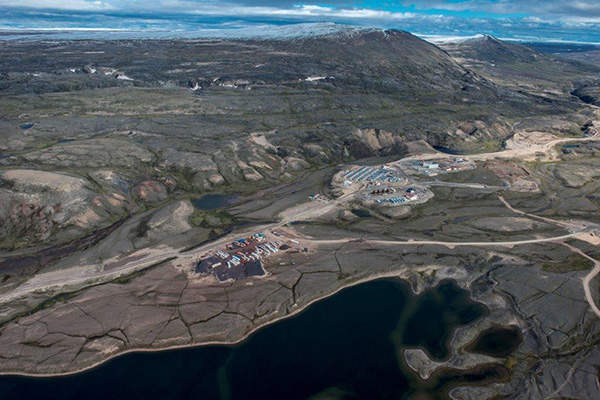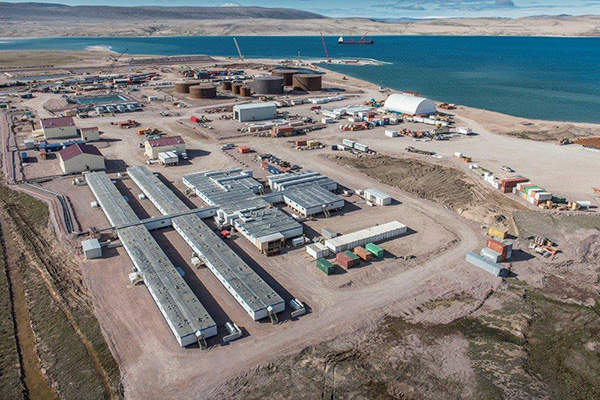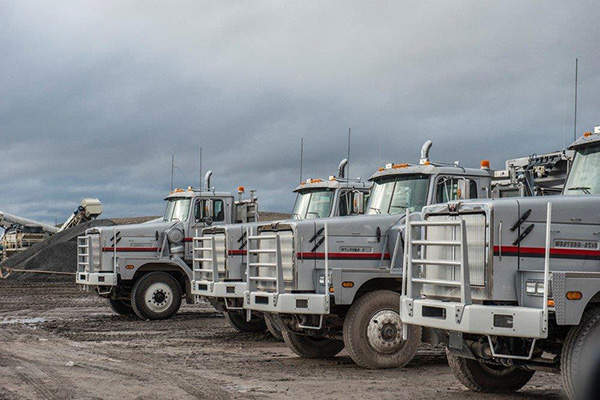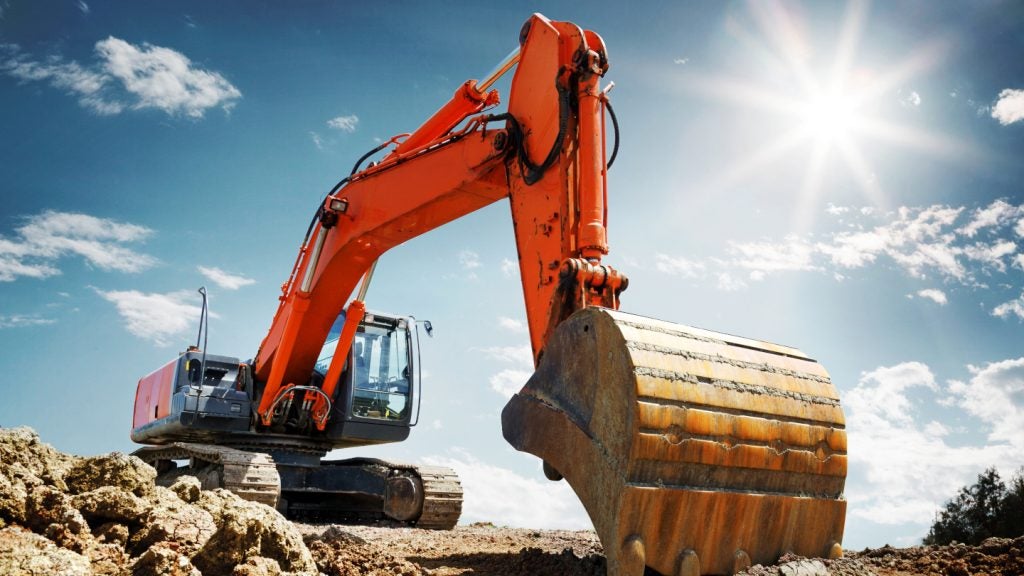The Mary River iron ore project located in Northern Baffin Island in Nunavut territory, Canada, started mining operations in September 2014. The first shipment of its iron ore was made in August 2015.
The iron ore deposit, containing higher grade ore (67% iron), is owned by Baffinland Iron Mines Corporation (BIMC), which is owned by ArcelorMittal and Nunavut Iron Ore.
The Nunavut Impact Review Board (IRB) approved the Mary River project in December 2012. Construction of the first phase began in the second quarter of 2013, while second phase development is expected to start in 2015..
The $4.1bn project is expected to produce up to 18 million tonnes a year (Mtpa) of direct shipping iron ore over a projected 21-year lifespan. It is expected to create up to 600 jobs during the construction phase and 210 jobs during the operational phase.
Mary River iron ore mine discovery, geology and reserves
Once operational, the mine is expected to produce eight million tonnes of concentrate annually during its mine life of 30 years.
The Mary River iron ore deposit, located in the Qikiqtani region of Nunavut, was discovered in the 1960s. BIMC commenced exploration of the area in 2004 and completed the scoping study in May 2006. ArcelorMittal and Nunavut Iron Ore gained control over the mine after they acquired BIMC in 2011.
The mine area is part of the Committee Belt, which is comprised granite greenstone terrains, and rift basin sedimentary and volcanic rocks, extending over a length of more than 2,000km from south-west of Baker Lake to north-western Greenland.
The high-grade iron ore deposits of the project area are hosted within the Mary River group, which comprises late Archean mixed metasedimentary and metavolcanic rocks.
The Deposit No.1 of the Mary River project holds one of the biggest known high-grade hematite and magnetite ore deposits, with a total strike length of 4km. The deposit is exposed along the margin and crest of Nuluujak Mountain at elevations ranging from 250m to more than 690m.
The Mary River Deposit-1 contains measured and indicated resources of more than 350Mt at an average grade of 64% Fe.
Mary River iron ore mine developmental phases
The Canadian iron ore project is being developed in phases starting with the early revenue phase (ERP). The ERP includes the development of an open-pit mine, facilities for transporting 3.5Mtpa of iron ore to the Milne Port via the 100km-long upgraded tote road, and the construction of an ore dock, maintenance facility and associated infrastructure near the port site.
The first ore from the project was loaded to the port site in September 2014, and the first shipping of Mary River iron ore was achieved in August 2015.
The second phase development will include additional production facilities at the mine site, a railway link from the mine site to the Steensby Port, and the development of necessary port facilities on Steensby Inlet.
Mining of ore at Mary River iron ore mine
Conventional drill, blast, load and haul method is applied at the open-pit mine for ore extraction. The mined ore is delivered to the crusher by haul trucks and the ‘lump’ and ‘fine’ ore materials are stockpiled separately.
Ore is then reclaimed and loaded into tractor-trailer B trains for transporting to the port. The material is stockpiled at the port site before loading onto the ship loaders via a conveyer.
The project does not require a processing plant as the iron ore is of very high-grade. Waste material is sent to a dump yard situated on the north-western side of the pit.
Contractors involved
AMEC was awarded the C$150m ($133m) engineering, procurement and construction management (EPCM) contract for the Mary River iron ore project in June 2008.
ALS was awarded an initial five-year operational contract for the on-site mine support laboratory in September 2014.
NUNA was awarded the bulk sample contract for the Mary River project in 2007. The contractual scope included the construction of a 120km all-weather road, a 9km access road up mountain and the sample site development.
Qikiqtaaluk Logistics was engaged to provide logistics services for the project, while feasibility and optimisation study for the project was conducted by Hatch.











